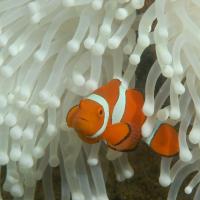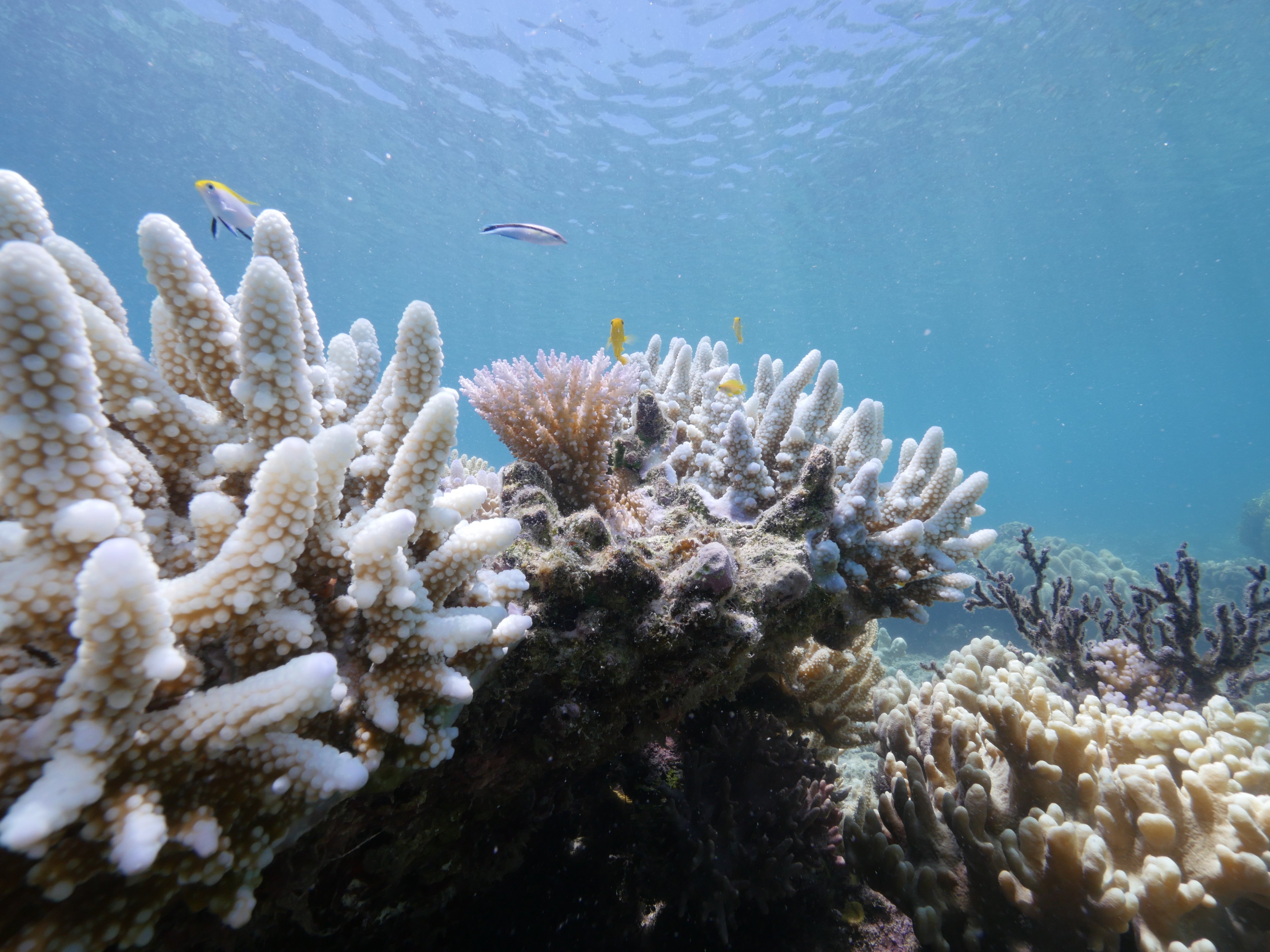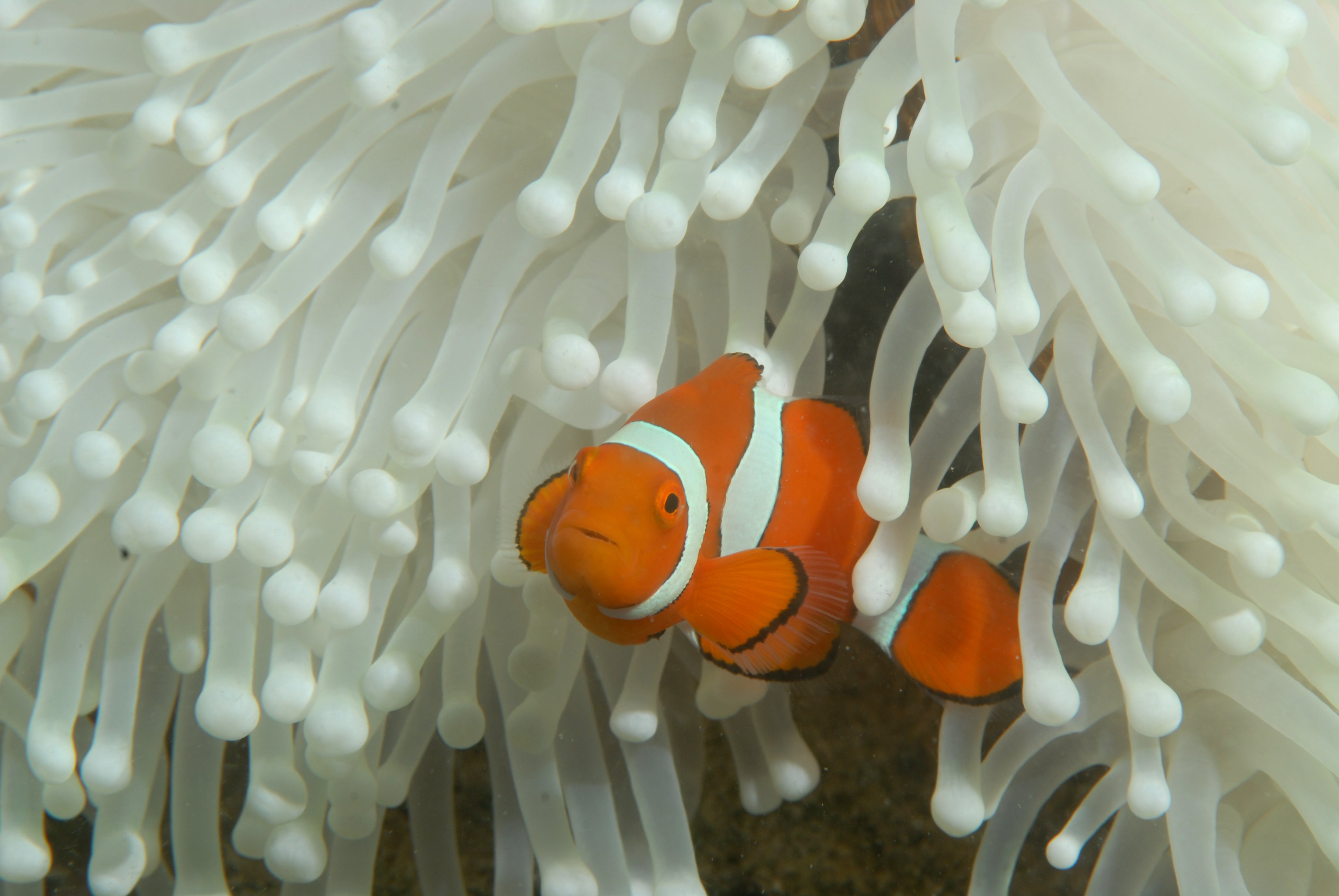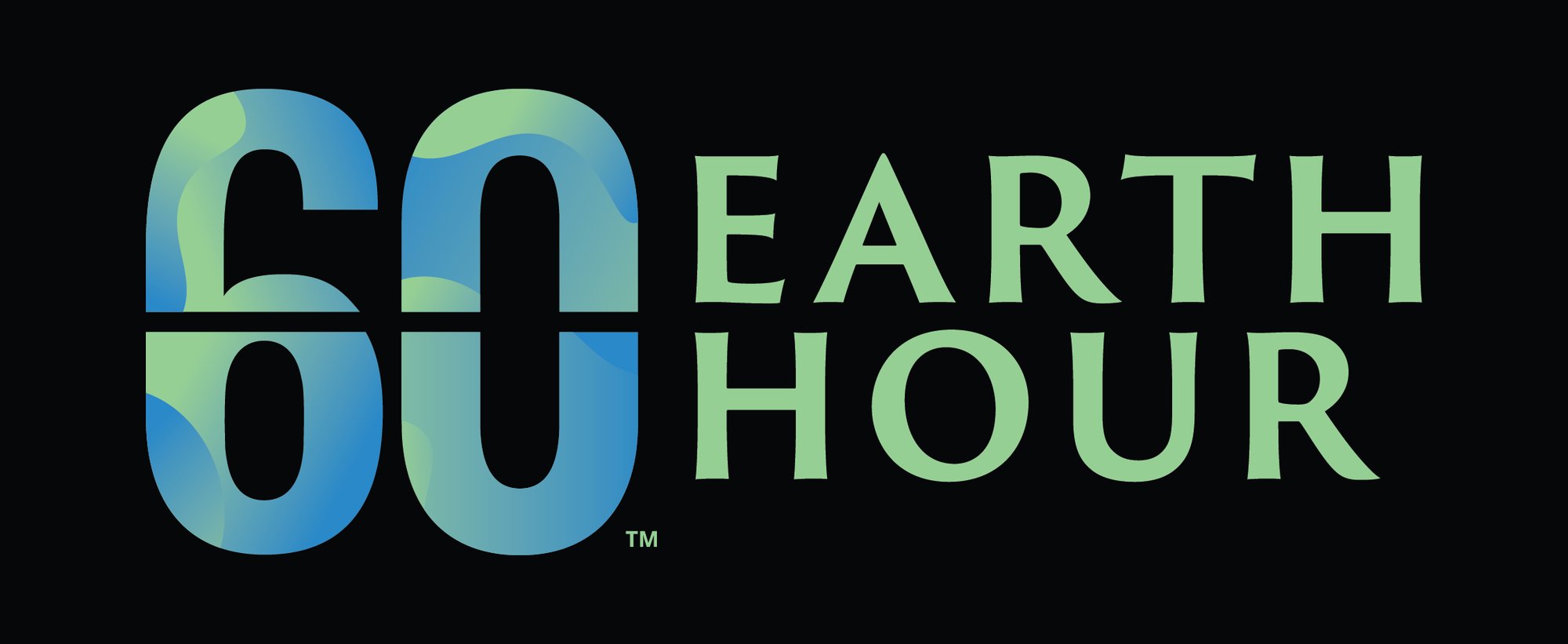
Climate change is real, and it’s happening now. This summer’s El Nino weather pattern unleashed a pulse of hot water that spread westward across the Pacific all the way to Australia’s east coast. The underwater heatwave was much hotter than any natural event due to decades of global warming. This unnaturally warm water, combined with hot sunshine beating down on still waters during calm conditions, stresses the coral polyps making them expel their colourful algae and turn white.
And that’s what’s happening on the northern Reef right now.

© WWF-Australia - Alexander Vail
In my job, I get to talk to a lot of people who know and love the Great Barrier Reef – scientists, divers, tourism operators, and locals. Quite often, talk turns to the sadness they feel at having witnessed the decline of the southern inshore sections of the Reef, closest to the heavily farmed and settled parts of Queensland. Here, polluted run-off from farms, a string of cyclones, plagues of coral-eating starfish, and two recent bouts of coral bleaching have taken their toll on the once abundant and diverse corals south of Cairns and close to the coastline.
Research tells us that the Great Barrier Reef – a vast ecosystem the size of Italy - lost over 50% of its coral cover between 1985 and 2012 and all of that decline was in the central and southern regions. That means anyone over 40 years of age living or working on the Reef has watched corals disappear, and seen reefs they know and love fade to algae-covered shadows of their former glory.
Before the conversation gets too grim, someone will often pipe up and say, “But the northern Reef is still OK, that part is still in good condition”.
That’s why news of the current mass coral bleaching event in the northernmost section of the Reef hits so hard. For people who know how fragile this incredible natural wonder of ours really is, it’s devastating to hear that the healthiest and most spectacular part of the Reef is now suffering the worst impacts of climate change.
The true extent of the damage is yet to be tallied but we know that severe coral bleaching is occurring along a 1,000km stretch of the Reef from Cooktown to the Torres Strait, with moderate bleaching also occurring further south. Scientists say almost all the reefs in the far north region are affected and that on average 75% of the corals are turning white. If the water cools down fast enough, corals can recover after a bleaching event. But right now, in the north, the water has been so hot for so long that, on the worst affected reefs, up to 50% of the corals are already dying.
In the last two weeks as the news about coral bleaching has been relayed from scientists on the water near Lizard Island or in helicopters above remote reefs, and spread through social media and online news, the need for urgent climate action has never been more stark. And it begins with each of us. You can help bring the colour back to the Reef. Sign the petition here and together, let’s act to #ChangeClimateChange.
 © Coral Watch - WWF-Australia
© Coral Watch - WWF-Australia
